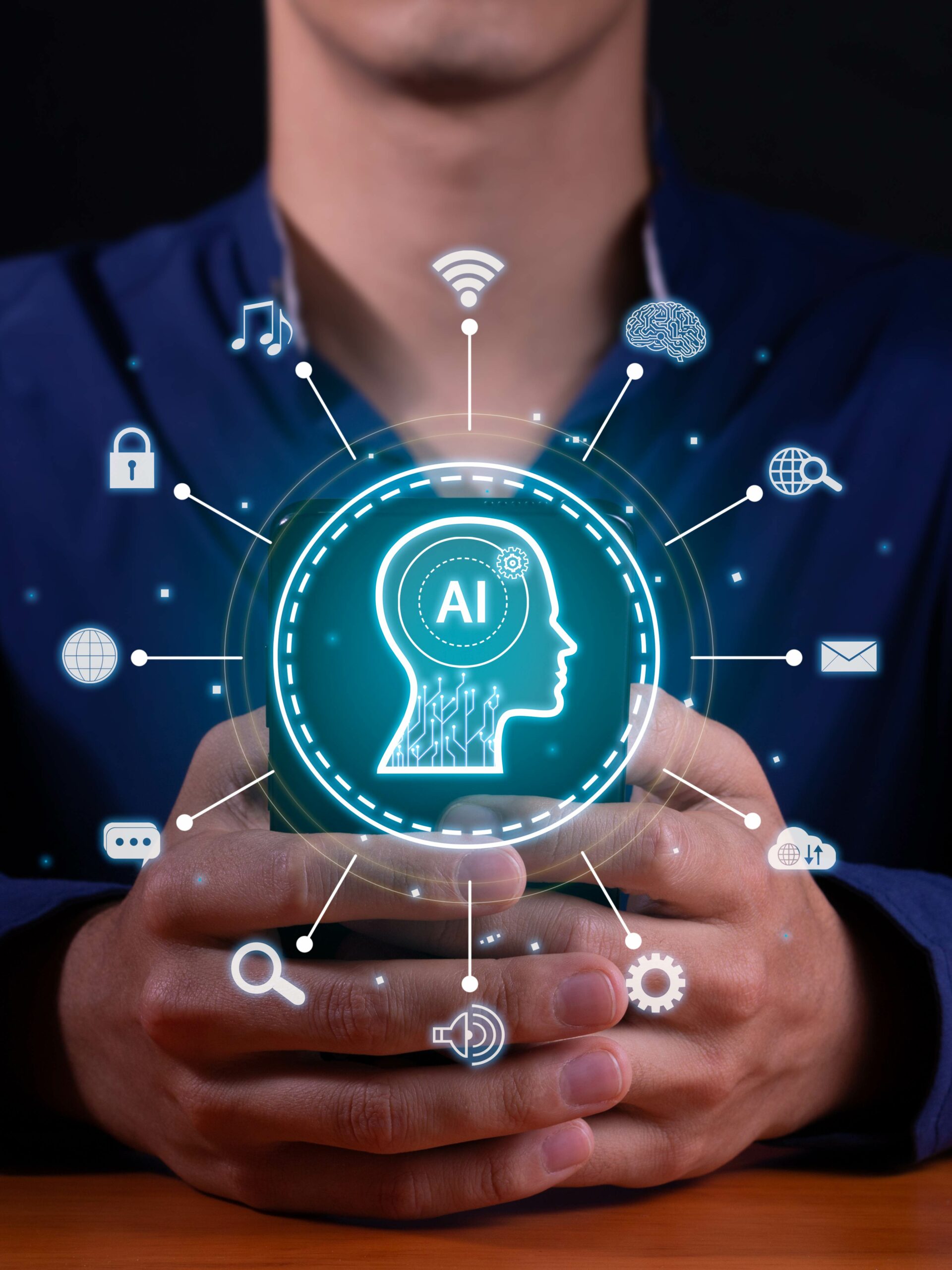Artificial Intelligence (AI) refers to the development of computer systems capable of performing tasks that typically require human intelligence.
Artificial Intelligence
Artificial Intelligence (AI) refers to the simulation of human intelligence in machines that are designed to think and act like humans. This can include learning from experience, understanding natural language, recognizing patterns, and making decisions. AI technologies are categorized into narrow AI, which is specialized for specific tasks (like language translation or image recognition), and general AI, which would perform any intellectual task a human can do. Common AI applications include virtual assistants, recommendation systems, autonomous vehicles, and medical diagnosis. AI relies on techniques such as machine learning, where algorithms improve through experience, and deep learning, which uses neural networks to model complex patterns in data.

General Description About Artificial Intelligence
designed to think and learn like humans. These machines are capable of performing tasks that typically require human intelligence, such as understanding natural language, recognizing patterns, solving problems, and making decisions.

Key Concepts in AI
- Machine Learning (ML): A subset of AI that involves the development of algorithms that allow computers to learn from and make predictions or decisions based on data. Techniques include supervised learning, unsupervised learning, and reinforcement learning.
- Neural Networks: Inspired by the human brain, neural networks are a series of algorithms that attempt to recognize underlying relationships in a set of data through a process that mimics the way the human brain operates.
- Deep Learning: A subset of machine learning that uses neural networks with many layers (hence &"deep") to analyze various factors of data. This is particularly effective for tasks such as image and speech recognition.
- Natural Language Processing (NLP): A field of AI focused on the interaction between computers and humans through natural language. The goal is to enable computers to understand, interpret, and respond to human language in a valuable way.
- Computer Vision: An area of AI that enables computers to interpret and make decisions based on visual data from the world, such as images or videos. This is used in applications like facial recognition and autonomous driving.
- Robotics: AI applied to robots, enabling them to perform tasks autonomously or semi- autonomously. This can range from simple tasks in manufacturing to complex functions in space exploration.

